Somatic Cells (Normal Body Cells)
All the cells of the body are called somatic cells. They are specialized cells that do one specific thing; they will never do anything else, and they do not proliferate. For example, a skin cell will never be anything other than a skin cell and it will never divide. It will do what a skin cell does until the day it dies. It is the same for brain cells that respond to electrical impulses, pancreatic cells that make insulin, muscle cells that contract, and all the other cells of the body that focus on their own functions.
Stem Cells
Stem cells are defined as cells with the unique capacity to self-replicate throughout the entire life of an organism and to differentiate into cells of various tissues. Stem cells are primitive cells that remain undifferentiated until they receive a signal prompting them to become various types of specialized cells. Their general role is simply to multiply during the entire life of an individual and to transform into other types of cells. Historically, adult stem cells from the bone marrow were known to be precursors to blood cells, leading to the formation of white blood cells, red blood cells and platelets… and nothing else. But discoveries made at the turn of the century showed that stem cells from the bone marrow have the ability to transform into virtually any type of cell in the body. In fact, this is one of their most important roles and it has since lead to the understanding that stem cells from the bone marrow constitute the natural repair and renewal system of the body.
How Stem Cells Can Repair Our Body
Over the past 5-10 years, stem cell research has demonstrated that there is a direct link between the number of stem cells in circulation and the ability of the body to repair: more stem cells in circulation means that more stem cells are available to participate to the process of tissue repair. Furthermore, there is also a link between the number of stem cells in circulation and the formation of degenerative diseases: people that have developed degenerative diseases have roughly half the number of stem cells found in the blood of healthy people.
In short, stem cells constitute the natural repair system of the body. More stem cells circulating in the blood equates to greater health, as more stem cells are available for the day-to-day natural process of repair in the whole body. Therefore, supporting the release of stem cells from the bone marrow and their migration into tissue on a daily basis constitutes one of the most promising ways of helping the body regain and maintain optimal health.
An in-depth analysis of the scientific literature pertaining to the natural role of stem cells in the body leads to four main conclusions:
- More stem cells in circulation means that more stem cells are available to contribute to tissue repair.
- Increasing the number of circulating stem cells by releasing one’s own stem cells increases the body’s ability to repair.
- The development of degenerative health problems has been linked to a lower number of circulating stem cells.
- Daily stem cell support helps regain and maintain optimal health.
Clinical Research
1. Number Of Circulating Stem Cells And Risk Of Cardiovascular Disease
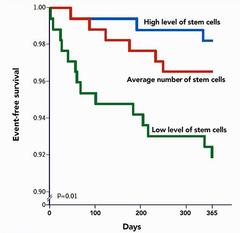
The number of circulating stem cells was measured in 519 patients with confirmed heart disease, and the occurrence of cardiovascular problems (events) was monitored over one year. The individuals were divided into 3 equal groups: High (BLUE), Average (RED), and Low (GREEN) level of stem cells. The graph represents survival without cardiovascular event over time. Each downward step in the lines indicates an individual that experienced a cardiovascular event.
Individuals with fewer circulating stem cells experienced significantly more heart problems when compared with individuals having more circulating stem cells. More stem cells in circulation was associated with a reduced risk of death from cardiovascular causes, a first major cardiovascular event, and hospitalization. The level of circulating stem cells predicted the occurrence of cardiovascular events and death from cardiovascular causes.
2. Increasing Circulating Stem Cells Enhances The Ability To Repair
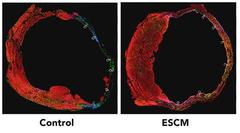
Scientists tested the ability of bone marrow stem cells (BMSC), mobilized by cytokines, to home to the infarcted region, replicate, differentiate, and ultimately promote myocardial repair.
Heart attack (acute myocardial infarct) was triggered in mice and after recovery, the animals were divided into 2 groups: A) control group, and B) group treated with cytokines in order to trigger Endogenous Stem Cell Mobilization (ESCM). ESCM resulted in a significant degree of tissue regeneration 27 days later. ESCM-induced cardiac repair decreased mortality by 68% and infarct size by 40%. Ejection fraction progressively increased and hemodynamics significantly improved as a consequence of the formation of 15 million new myocytes. In conclusion, ESCM might offer a noninvasive therapeutic strategy for the regeneration of the heart.
3. Fewer Circulating Stem Cells Is Associated With Disease Development
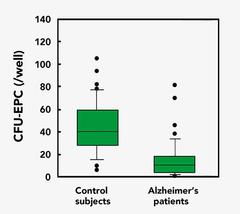
Neurovascular dysfunction and senescent endothelium contribute to the progression of Alzheimer disease (AD). Circulating endothelial progenitor cells (EPCs) provide a cellular reservoir for the endothelial replacement. The levels of EPCs was investigated in patients with AD. AD patients had significantly lower EPC than controls. In patients with AD, a lower EPC level was independently associated with either a lower Mini-Mental State Examination score or a higher Clinical Dementia Rating scale score, indicating a greater reduction in EPC level in advanced AD.
Conclusion:
Patients with Alzheimer disease (AD) have reduced circulating angiogenic cells.
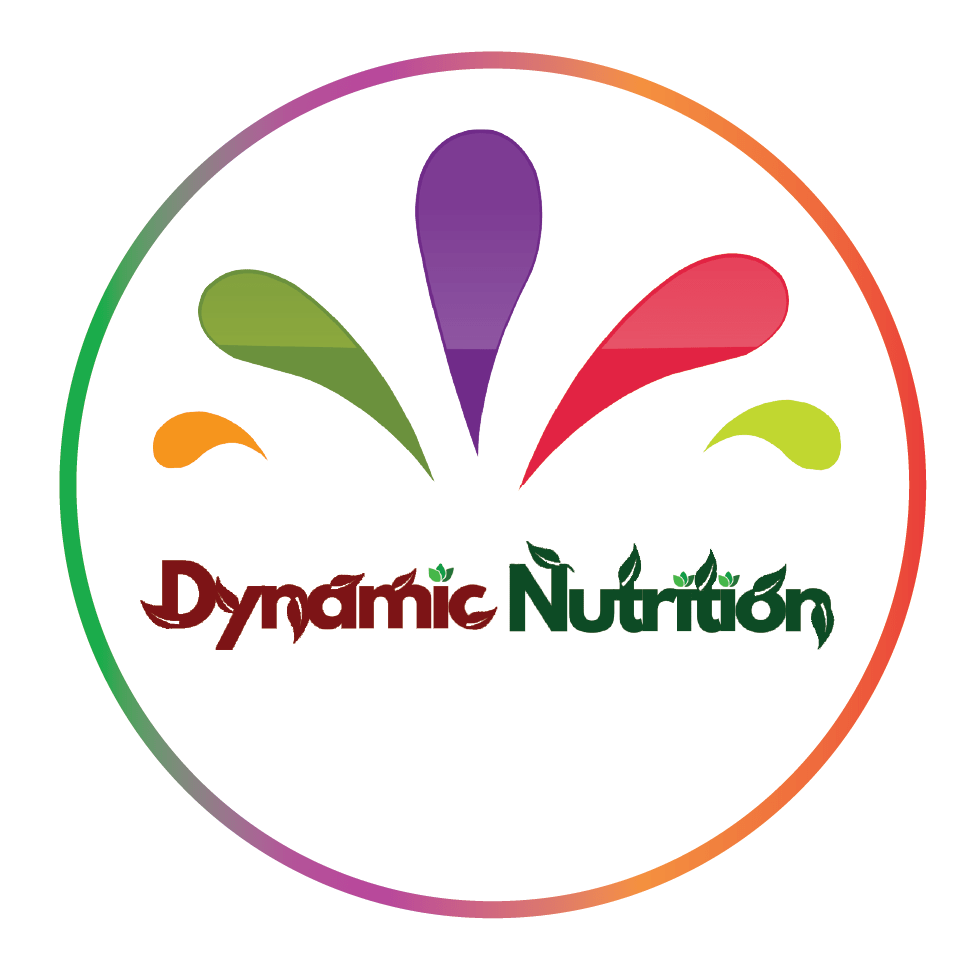
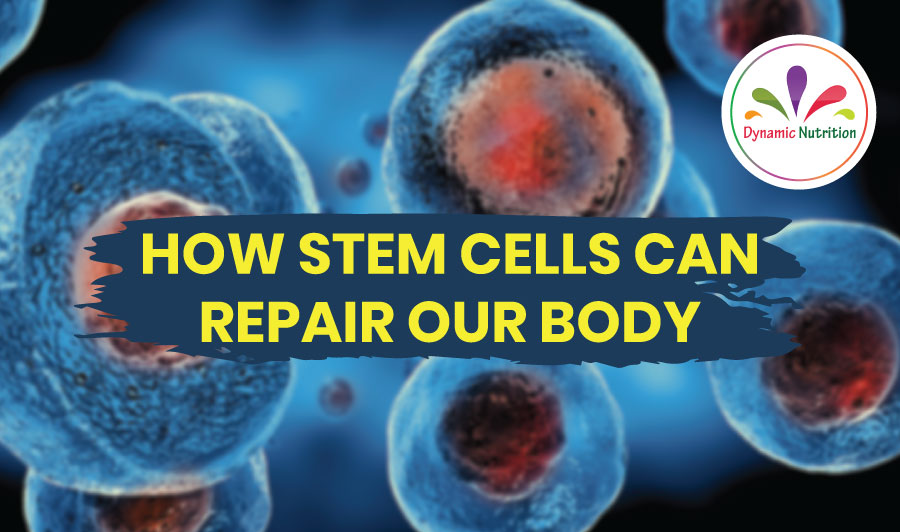

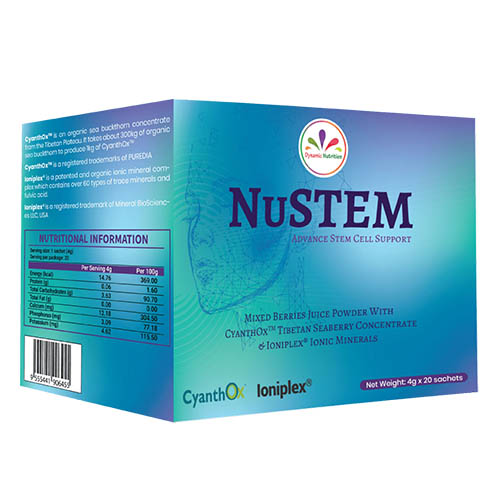
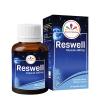
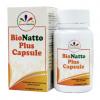


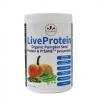



Facebook Comments